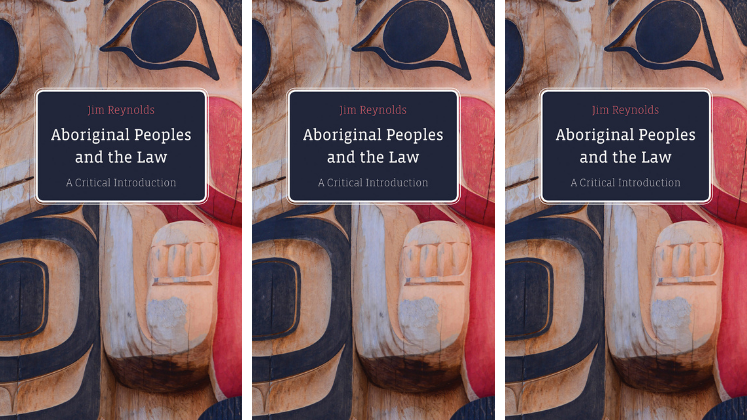In The Animal Game: Searching for Wildness at the American Zoo, Daniel E. Bender offers a new history of the US zoo from the nineteenth century, drawing on a range of archival materials to weave together the stories of the people and animals integral to its development. Lauriane Suyin Chalmin-Pui recommends this riveting and meticulously researched study.
The Animal Game: Searching for Wildness at the American Zoo. Daniel E. Bender. Harvard University Press. 2016.
In his new book, Daniel E. Bender answers questions that anyone who has ever been to a zoo has probably asked themselves: ‘where does this tiger come from?’ and ‘how did they catch this wild rhinoceros and bring him all the way to St Louis?’ Such questions are raised and explored in a fascinating history lesson on zoos in the USA, from their beginnings at the end of the nineteenth century through to the 1970s. As a historian, Bender persuasively chronicles the lives of animal trappers, zoo directors, keepers and the animals themselves, set against a backdrop of successive crises and reinventions of the zoo’s raison d’être. In the context of modernity and the modern city, The Animal Game juxtaposes the material and imaginative distancing of exotic, wild animals from humans with moments of deliberate proximity.
Bender certainly achieves his aim of divulging the uncomfortable history of zoos while recognising their enduring place as centres of cultural and scientific learning. The first chapter, ‘The Elephant’s Skin: Animals and Their Visitors’, focuses on the urban entrepreneurialism and inter-city competition that led to the proliferation of zoos in both large and small cities, all vying for the ‘mark of a cosmopolitan metropolis that valued social order’ (26). Bender presents the business challenges of the first US zoos – economic recessions and inclement weather – but also illuminates the shadier links between the animal trade and colonialism. The leadership of one man in particular illustrates this. Madison Grant, co-founder of Bronx Zoo, head of the New York Zoological Society for 22 years, conservationist and eugenicist, first made animal conservation a matter of race solidarity and support for the imperial project.
This opening is followed by an equally eye-opening chapter set in 1937 aboard the Silverash, a vessel with a cargo of 1,500 dying animals destined for the National Zoo in Washington DC from Singapore’s crowded markets. Indeed, one estimate suggests that Singapore supplied about half of the animals that filled the world’s zoos. Singapore was one of the main entrepôts for Britain’s imperial trade across Southeast Asia (rubber, tigers, elephants, monkeys, black leopards…). Animals were profitable, yet also risky business – animal deaths could lead traders to ruin. Here the dichotomy is lucidly navigated: zoos promised wild animals to visitors, but only those that were at least a bit domesticated or accommodated to capture survived the perilous ocean crossings.
 Image Credit: Kerr’s Spool Cotton. Who bought Jumbo? Barnum, with his mighty $. Poor old Jumbo with his little friends in the zoo. [front] (Boston Public Library CC BY 2.0)
Image Credit: Kerr’s Spool Cotton. Who bought Jumbo? Barnum, with his mighty $. Poor old Jumbo with his little friends in the zoo. [front] (Boston Public Library CC BY 2.0)
Turning to humans, a captivating chapter entitled ‘Don’t Feed the Keepers: The Labor and Care of Zookeepers’ explores where care ends and conservation begins. This probing question allows Bender to analyse the working conditions of zoo workers as well as individual relationships between keepers and animals. He charts the evolving tensions between zoo management and unions, the professionalisation of zoo jobs and the changing priorities of breeding zoos refashioned as conservation sites. Undeniably, while keepers and directors claimed their love for animals, their imagination remained suspicious of the locals who lived where their animals had come from.
Throughout the book, Bender draws on the motivations, aspirations, frustrations and disappointments of zoo directors, the desires and fantasies of visitors of all ages and the perils and adventures of specimen hunters and trappers. Even after this earlier era, when wild animals became purchased with permits rather than courageously captured, US consumers were still sold stories of exotic adventures in the tropics. Bender muses that the real money in the animal game was in popular culture, including books and films. Animal hunter and US icon Frank Buck successfully put his name and exploits to playing cards, advertisements and comic books, turning the mundane reality of buying and selling animals into thrilling adventures that were a source of profit and competition for zoos.
In the twentieth century, there has been a remarkable change in what the average US citizen knows about tropical animals. By the 1960s, everyone could distinguish gorillas from chimps and orangutans; just one generation earlier, some couldn’t visualise a gorilla at all. Ultimately, the paradox is simple: as tropical animals become more common, familiar and entwined in US cultural life, they become more endangered in the wild. For example, tigers began appearing in popular culture as their numbers in the wild decreased by 97 per cent (9).
For readers and researchers of animal studies, The Animal Game presents snippets akin to other writings on human/more-than-human relationships, especially in ‘My Animal Babies: Caring for Endangered Species’, a chapter on animals born in captivity and brought up in the context of the post-war nuclear family. Themes of nurturing, mothering and animal husbandry are fluently discussed. Yet when Bender does try to explicitly foray into the liminal spaces between ape and human, as in the final chapter, his writing lacks the same level of focus and conviction, thus appearing somewhat superficial. Nonetheless, his primary thesis is powerful: the histories of zoos are important in framing our present geographical imaginaries. Enclosure has shaped class and imperial relations as well as turned animals into extractable resources removed from the commons.
Each chapter of The Animal Game is riveting and meticulously evidenced. Bender has managed to find the professional and personal writings of zoo directors and keepers, conveying their attitudes to animals and zoo developments. However, it is telling that in researching this book, most US zoo archives remained closed. Bender was only given access to a select few, while all other US zoos had cordoned off their archival material (and are therefore able to curate their own histories) at a time when zoo management offices may be conscious and wary of their pasts.
In this context, one of the major contributions that Bender has created is a digital library of idiosyncratic material about zoos from visitors through the years. More than merely enriching the book itself, this collection is a fantastic contribution to the public domain that any zoo enthusiast should dip into. The stand-out feature is a fully playable digitalisation of the animal game Zoo Parade, an innocent, educational board game that children, parents and grandparents alike played together, especially in the 1950s.
Personally, I can’t help but draw comparisons between what I’ve learnt from this book and the recently released film Fantastic Beasts and Where to Find Them, set in the wizarding world of Harry Potter. The blurred lines between domestic and wild animals, wilderness and civilisation, colonial enterprise and scientific discovery, illegal trade and permitted business, captivity and conservation, are treated anecdotally in both. Yet the reason why Bender’s book shines is not only his philosophical musings, but his intricate weaving of the histories of ordinary and extraordinary people and animals that have played a documented part in the narratives of US zoos.
Lauriane Suyin Chalmin-Pui is currently a doctoral researcher in the Landscape Department of the University of Sheffield. She has an MSc in Environmental Policy and Regulation from the London School of Economics and Political Science and a BA in Geography from the University of Cambridge. She has recently published an article on how visitors relate to biodiversity conservation at the BUGS exhibit of the London Zoo.
Note: This review gives the views of the author, and not the position of the LSE Review of Books blog, or of the London School of Economics.


 Find this book:
Find this book: 




